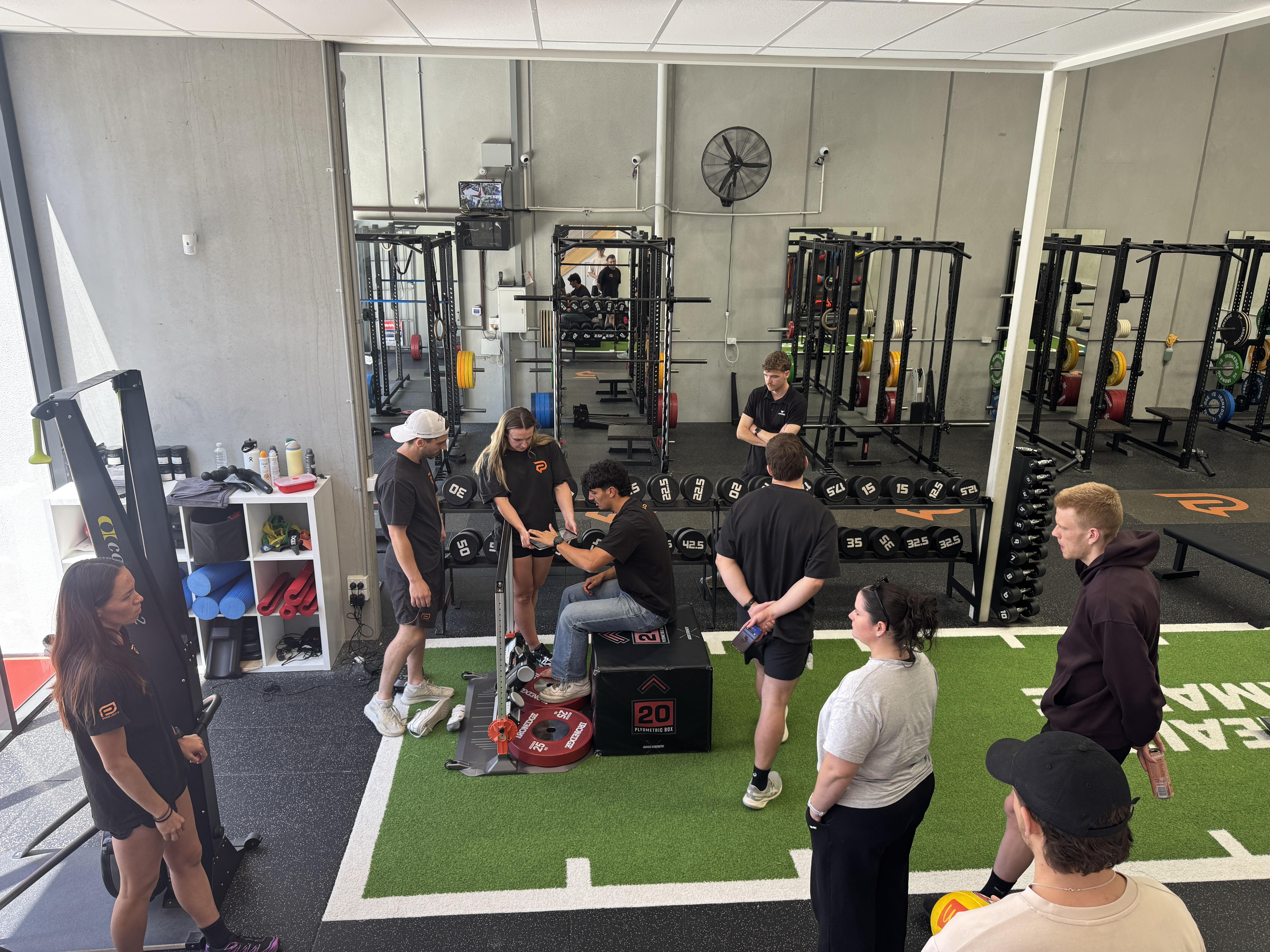
Run Specific Isometrics on VALD: The Missing Link in Faster, Stronger, Safer Running
Run Specific Isometrics: A Smarter Path to Injury Rehab and Better Running Performance
For runners at any level, strength is essential. What matters most is not general strength, but strength in positions that match the demands of running. This is where run specific isometrics paired with VALD performance technology stand out.
At Pivot Sports Performance, we use VALD systems to assess and train force production with precision. This helps runners recover from injury, build resilience, and improve running performance in a way that general strength training cannot match.
What Are Run Specific Isometrics?
Isometrics involve producing force without movement. For runners, these can be set up to match the angles and force requirements seen in running.
Common examples include:
Calf and Achilles isometrics in mid stance
Hip extension isometrics that mimic push off
Hamstring isometrics in positions that match the terminal swing phase
Split stance isometrics that simulate ground contact alignment
These positions reflect the biomechanics of running, which makes them ideal for rehabilitation and performance training.
Why Isometrics Work So Well for Runners
1. Safe Loading During Injury Rehab
Injuries such as Achilles pain, plantar fasciopathy, hamstring strains, and patellofemoral pain often respond well to isometrics. They allow runners to:
Load tissues without flare ups
Reduce pain through natural analgesic effects
Begin meaningful strength work early in rehab
This creates a smoother and more structured return to running.
2. Development of Running Specific Force
Running relies on the ability to produce force into the ground. Run specific isometrics help runners:
Improve muscle and tendon stiffness
Increase force transfer
Train at angles used during real running
Build resilience against repetitive high loads
3. Reduced Risk of Re Injury
Many runners return to running before they have restored the capacity of injured tissues. Isometrics create a controlled environment to rebuild strength and monitor progress, which reduces the chance of setbacks.
How VALD Technology Enhances Isometric Training
VALD systems such as ForceDecks, ForceFrame, and NordBord help us test, train, and monitor force production with accuracy that cannot be achieved by eye or manual testing.
1. Objective Strength Measurements
VALD provides exact force output numbers. This is useful for identifying:
Side to side differences in calf and Achilles strength
Hip and hamstring imbalances
Lower limb strength deficits after injury
This allows rehab and training to be tailored to each runner with precision.
2. Live Biofeedback
Runners can see their force output in real time, which helps improve:
Technique
Effort consistency
Training quality
Progress becomes visible and measurable, which keeps runners engaged and motivated.
3. Fatigue Monitoring
VALD helps identify early signs of fatigue or overload. This allows adjustments before symptoms develop, which is especially important for high volume runners.
How This Supports a Safe Return to Running
A successful return to running requires two things: physical capacity and confidence.
Run specific isometrics build both.
They help runners regain:
Load tolerance
Lower limb stiffness
Tissue resilience
Symmetry
Energy efficiency
VALD data provides objective progress markers such as:
Achieving more than ninety percent symmetry
Hitting strength benchmarks
Demonstrating safe force production patterns
This gives clinicians and runners a clear pathway back to running.
Performance Benefits for Healthy Runners
Run specific isometrics are not only for rehab. They also enhance performance.
1. Better Running Economy
Improved stiffness and force transfer reduce wasted energy with every stride.
2. Increased Peak Force
Training maximal intent isometrics helps build more powerful push off mechanics.
3. Greater Speed and Acceleration
Hip, calf, and hamstring strength improvements support faster and more efficient running.
4. Improved Fatigue Resistance
Isometrics condition tissues to tolerate repetitive loading, which reduces breakdown late in races.
Who Benefits Most from VALD Guided Isometrics?
Runners with recurring injuries
Athletes recovering from tendon related issues
Marathoners aiming to improve efficiency
Sprinters wanting more propulsion strength
Junior athletes developing safe load tolerance
Adults returning to running after time off
Any runner can benefit from this approach.
Experience VALD Driven Run Rehab at Pivot Sports Performance
At our Ringwood and Bundoora clinics, we combine VALD testing with run specific isometric programming to help runners recover faster, run stronger, and reduce injury risk.
If you want to return from injury with confidence or take your running performance to the next level, our team can guide you through a structured, data informed plan that matches your goals.